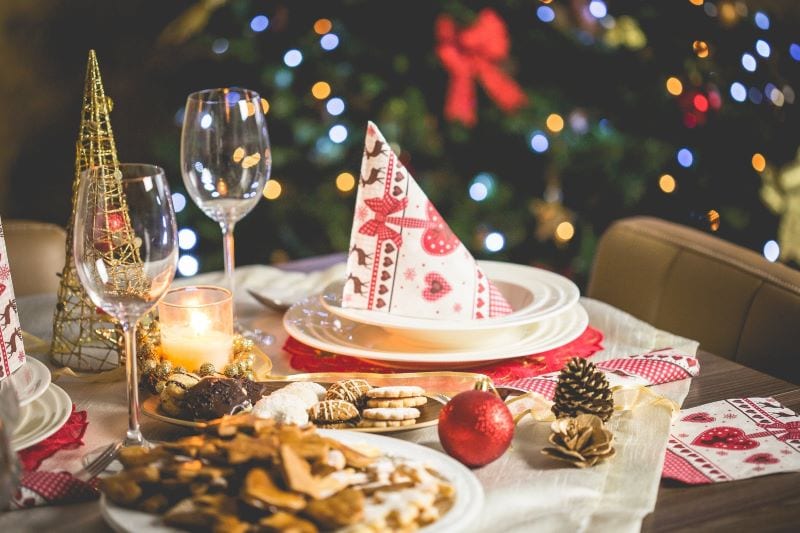Relevance of Yule Trees in the Holiday Season
The Origins of Yule Trees
Yule trees do not dry up like other deciduous trees, it represents everlasting nature. The pines and firs of this tree stand for rebirth and mark the wintery season. It is noted to be one of the oldest decorations in the history of Christmas. There are evergreen in nature and can be referred to as Christmas trees too
In some parts of the world, a log of Yule is burnt in fireplaces. Marking Christmas Eve and the flames that dance in the furnace symbolizes the son that was given. Freshly cut evergreens are brought indoors for definite eternity and renewal. This served as a reassurance of the everlasting nature gift.
Mistletoes on the yule trees are guarded with all jealousy, its leaves are not allowed to touch the ground. The mistletoe on the tree signifies “fertility, a sign of continuous growth). The yule tree log also served as protection if it is placed in the hone or burnt as a scent offering. But people know their way around it.
Yule Trees as Symbols of Rebirth and Renewal
A symbol of hope is also portrayed through your tree. The evergreen could be holly, this captures the potency of hope, with the red berries attached. This ties the spirit of the season and slides people into feeling festive.
The Christmas or Yule tree is traditionally flanked by special colors. Predominantly green, red, white, silver, and Gold. These colors add strength, purity, hope, and illumination to hearts and homes. Precious stones can be solved on the branches as well, to add a general dazzle to the tree.
Holly, mistletoe, wreaths, and others pronounce each relevance of the general yule tree to its atmosphere. They serve as a unifying symbol for the entire Christmas spirit. Christmas trees are relevant to humans in many ways that cannot be overemphasized.


